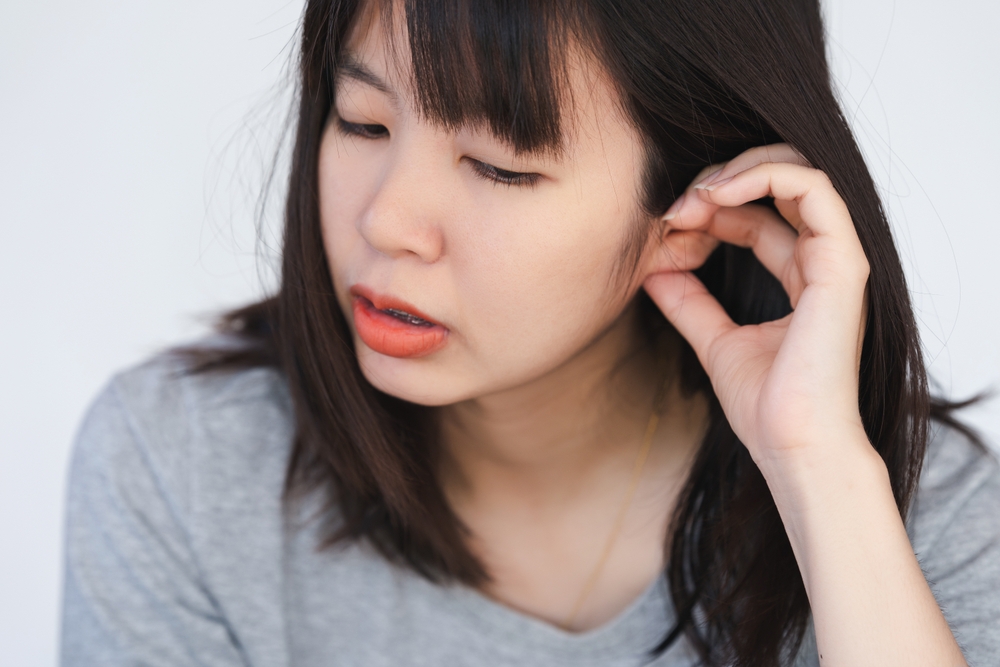Swimmer’s ear, known medically as otitis externa, is more than just an inconvenience; it’s a bothersome condition that can significantly impede your daily life. From the persistent itch deep within the ear canal to the discomfort of pus accumulation, swimmer’s ear can turn even the simplest activities into challenges. But what exactly is swimmer’s ear, and how does it differ from other ear infections? In this comprehensive guide, we’ll delve into the nuances of this infection, exploring its symptoms, causes, prevention strategies, treatment options, and frequently asked questions to empower you with the knowledge needed to effectively manage this common yet troublesome ailment.
What is swimmer’s ear?
Swimmer’s ear isn’t merely a minor inconvenience; it’s a condition that can profoundly affect your overall well-being.
Characterized by symptoms such as redness, itching, pain upon manipulation, and occasionally, discharge, this infection can make everyday tasks a struggle. In addition, beyond its discomfort, swimmer’s ear can even cause temporary hearing impairment.
Differentiating swimmer’s ear from other ear infections hinges on its location. While typical ear infections affect the inner ear, swimmer’s ear targets the outer ear canal. This localized infection is often the result of bacterial or fungal overgrowth, with prolonged exposure to moisture being a significant contributing factor.
What causes swimmer’s ear?
Despite its name, swimmer’s ear isn’t solely provoked by water-related activities. While extended water exposure can create an environment conducive to infection, various other risk factors can heighten susceptibility:
- Ear Canal Injuries: Trauma to the ear canal, whether from aggressive cleaning or accidental scratches, can pave the way for infection.
- Earwax Buildup: While earwax typically protects the ear, excessive accumulation can harbor bacteria and irritate the ear canal.
- Device Usage: Improper or constant use of ear-related devices like earplugs or hearing aids can irritate the ear canal, elevating infection risk.
- Weakened Immune Systems: Individuals with compromised immune systems are more susceptible to fungal infections, including swimmer’s ear.
- Medical History: Pre-existing skin conditions or topical allergies can heighten the likelihood of swimmer’s ear development.
How to prevent swimmer’s ear
Given the multifaceted nature of swimmer’s ear causation, preventive strategies encompass a range of practices:
- Keep Ears Dry: Gently towel-dry your ears post-water exposure and ensure thorough drainage by tilting your head.
- Avoid Ear Implements: Refrain from inserting objects, including cotton swabs, into your ear canal to prevent irritation and injury.
- Maintain Device Hygiene: Regularly clean earplugs and hearing aids to minimize germ transmission.
- Use Earplugs: Use earplugs during swimming sessions to prevent water ingress.
- Consider Drying Agents: Consult your healthcare provider about using drying agents to maintain ear moisture balance.
Managing swimmer’s ear: frequently asked questions
If you or your child is experiencing the symptoms of swimmer’s ear, keep the following information in mind.
Will swimmer’s ear go away on its own?
While mild cases could resolve on their own, prompt treatment is essential for more severe instances.
How do you treat swimmer’s ear?
Generally, this condition is treated with antibiotic ear drops. (In the case of a fungal infection, they might be antifungal ear drops.)
If I get ear pain after swimming, is it always swimmer’s ear?
Not necessarily. If you experience ear pain after swimming, consulting a healthcare professional is important, as it might not always signify swimmer’s ear.
Swimmer’s ear is a common infection with clear symptoms that demand timely medical attention. So, if you experience discomfort or itching in your ears, don’t hesitate to seek professional care. Remember, resolving the case of your swimmer’s ear begins with scheduling an appointment with a qualified healthcare provider.
Find an Ear, Nose, and Throat (ENT) specialist near you if you or your child is struggling with frequent or recurring swimmer’s ear.



